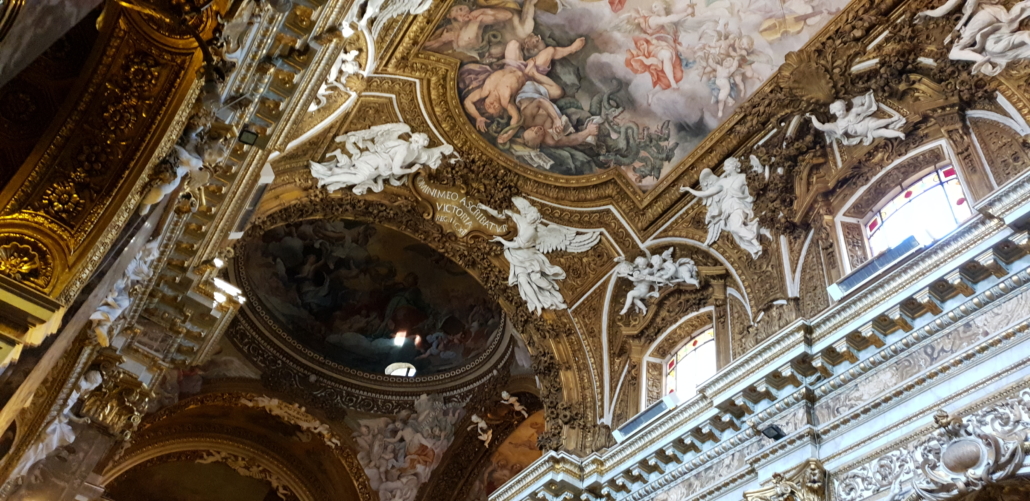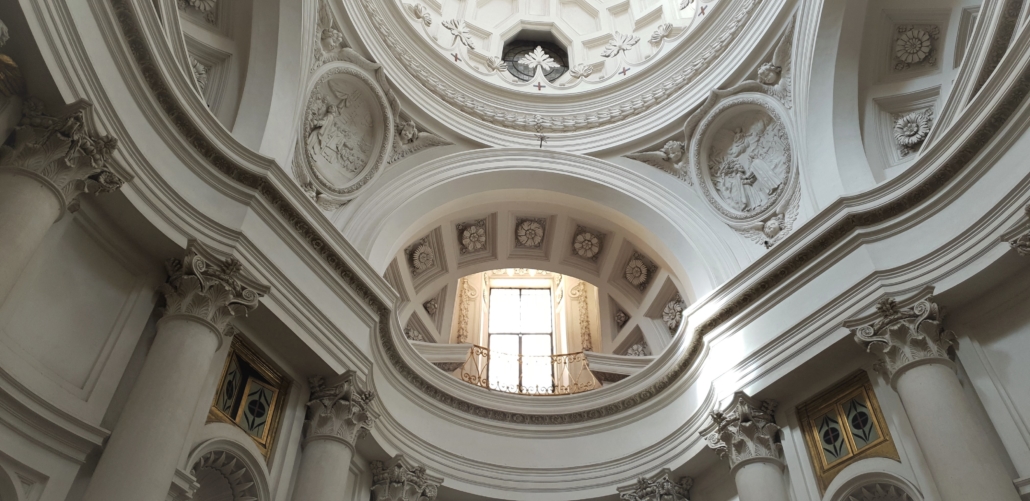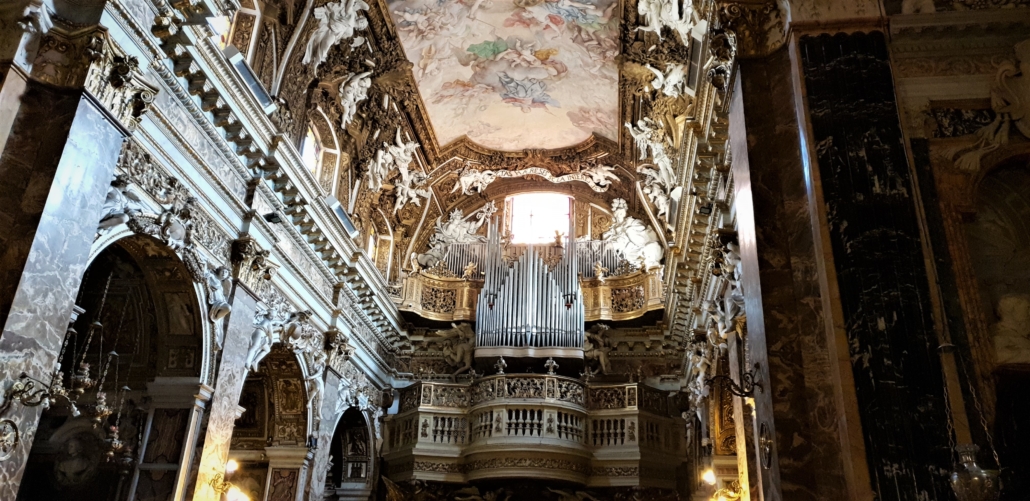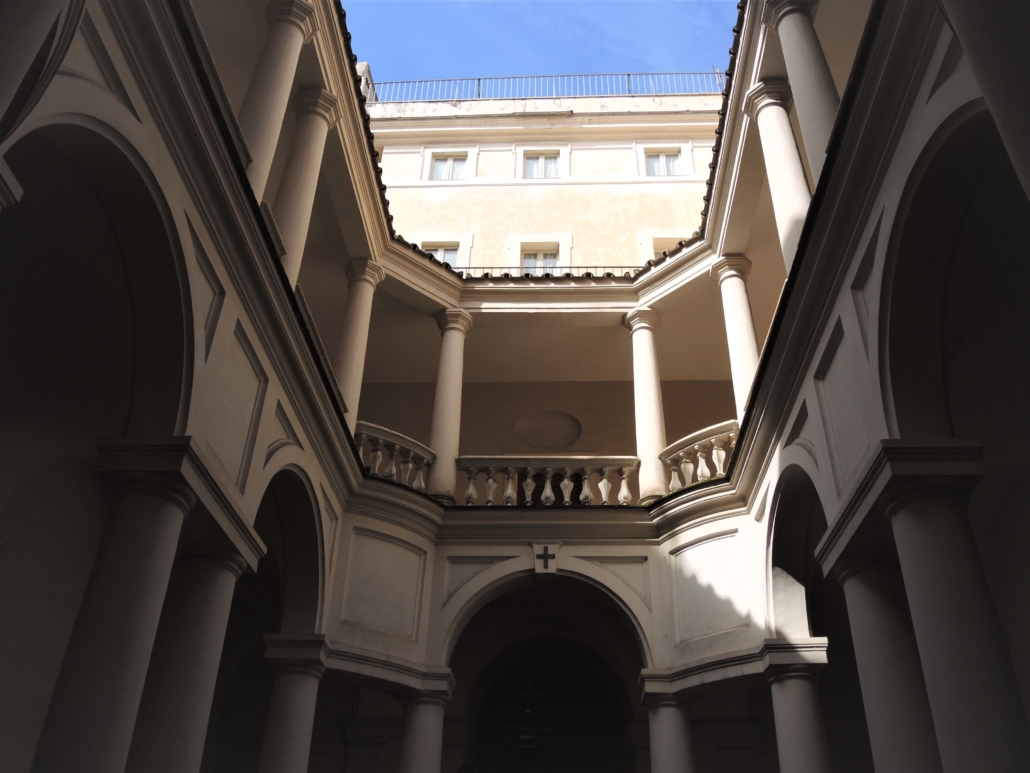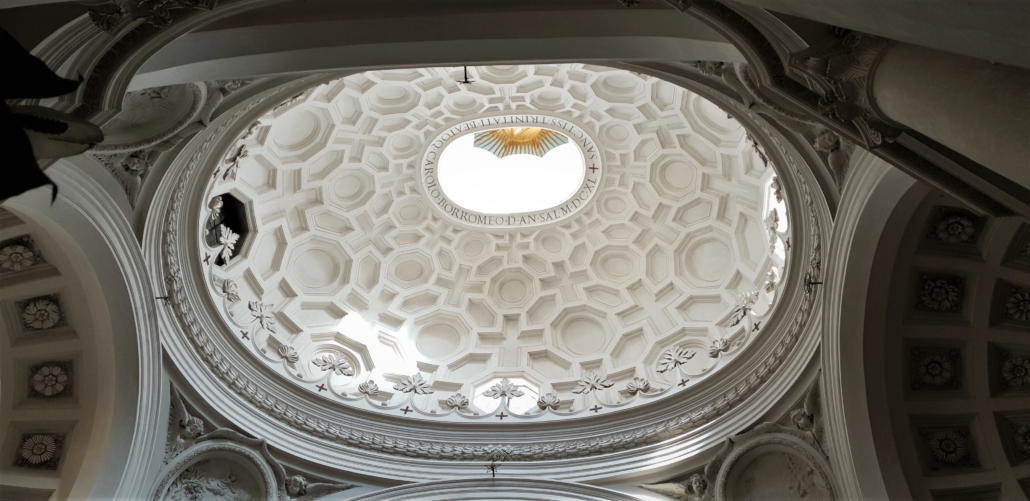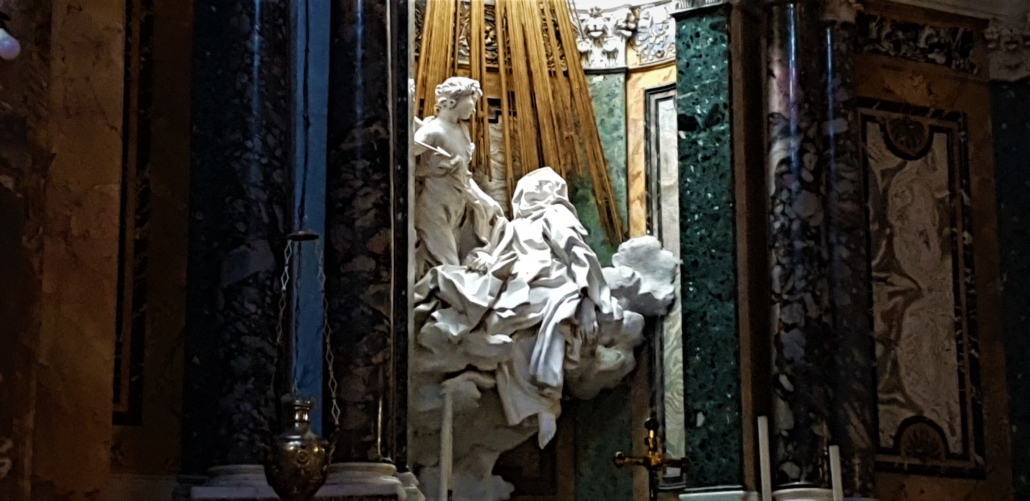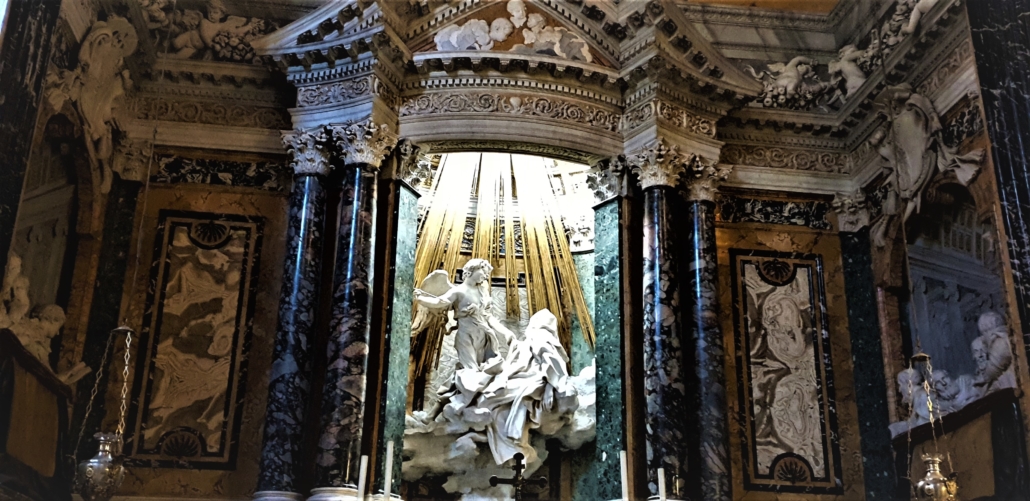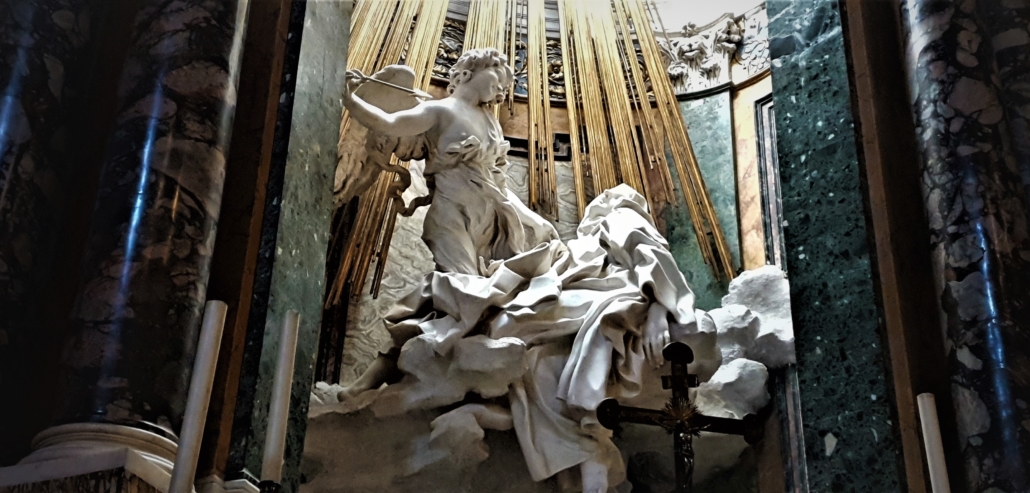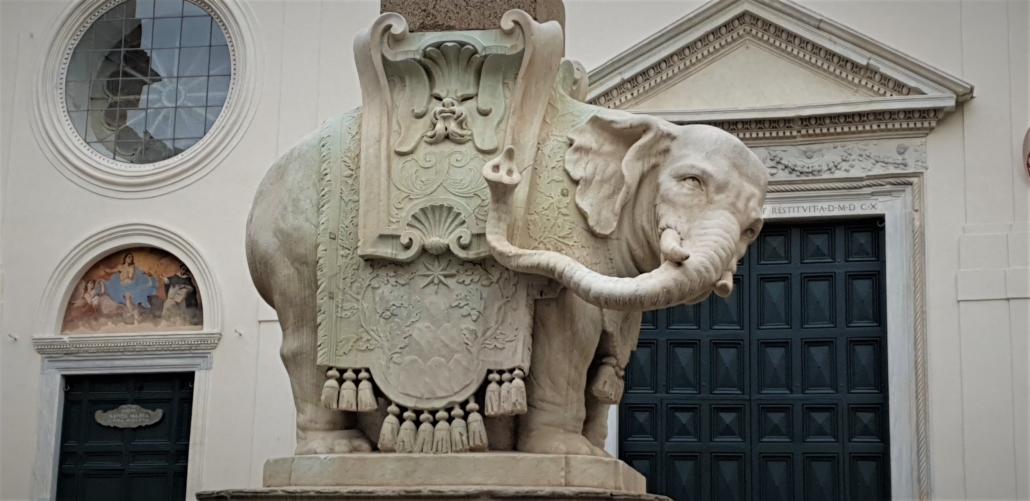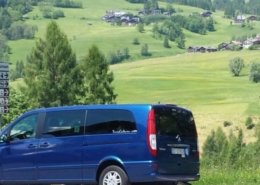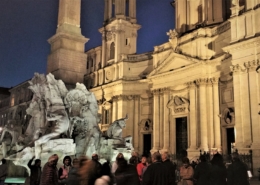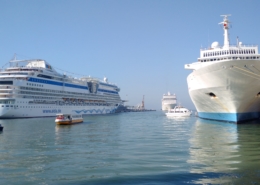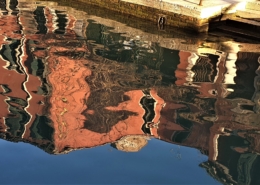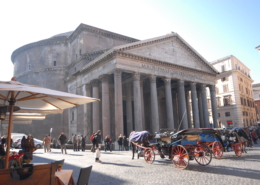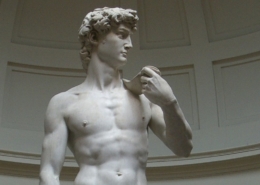Highlights of this tour
- Piazza Barberini with the Triton’s Fountain
- The Ecstasy of Santa Teresa at Santa Maria della Vittoria
- San Carlino alle Quattro Fontane
- Sant’Andrea al Quirinale
- Bernini’s Elephant at Santa Maria Sopra Minerva
- The Fountain of the Four Rivers and Sant’Agnese in Agone at Piazza Navona
- Complete survey of Bernini and Borromini’s personalities and careers
BERNINI, BORROMINI & THE EXUBERANCE OF ROMAN BAROQUE
Bernini, Borromini: they worked together at the creation of the colossal ‘baldachin’ in St Peter’s Basilica, that can be considered the milestone of the Baroque style. Again, they were initially together for the construction of Palazzo Barberini, but their antithetic characters and the reciprocal diffidence brought to their separation. The rivalry between the two great minds of the Roman baroque became almost legendary.
Neapolitan by birth, Roman by adoption, son of a prominent sculptor, child prodigy, much admired since the very beginning, Bernini served eight popes and innumerable cardinals. Affable, brilliant, intense worker, man of great faith, excellent sculptor, architect, painter, stage designer, he changed forever the Roman skyline and is universally recognized as the last great Italian genius after Leonardo and Michelangelo. Died at 82 surrounded by fame and success and mourned by all Europe.
Born in a rocky village in Northern Lombardy, son of an architect – Borromini at the age of ten was sent to Milan to study masonry. At 20 went to Rome where he started his apprenticeship under Carlo Maderno. His first independent work, San Carlino’s Church electrified Rome. Suffered of depression and melancholia, never felt his work recognized. Introvert, intellectual, hyperactive, always suffered the competition with Bernini. Committed suicide at 67 during a period of serious mental disorder.
Our Bernini, Borromini itinerary starts ideally at Piazza Barberini. Gian Lorenzo Bernini, at the service of Pope Urban VIII (Barberini) conceived the celebrated Triton’s Fountain (1642-43). It was a great novelty, as so far public fountains in the city of Rome had been simple basins for the reception of public water. He got inspired by free-standing monumental fountains of private villas’ gardens.
Nearby is the huge Palazzo Barberini, where Bernini and Borromini briefly worked together. But Borromini at a certain moment left…
Our Bernini, Borromini tour proceeds to the church of Santa Maria della Vittoria, to admire one of Bernini’s most appreciated masterpieces: the ‘tableau vivant’ with the Ecstasy of Santa Teresa, for the Cornaro Family Chapel (1647-1652), that will serve as introduction to the peculiarities of Baroque style, with an accent on Bernini’s fundamental experience as a stage designer.
Cost of this tour
- This tour lasts three hours and costs 360 euros up to six people (not per person), only private parties.
- For larger parties send us an email!
Dress Code and advice
- no shorts, no sleeveless
- comfortable shoes or sandals
- no backpacks please

